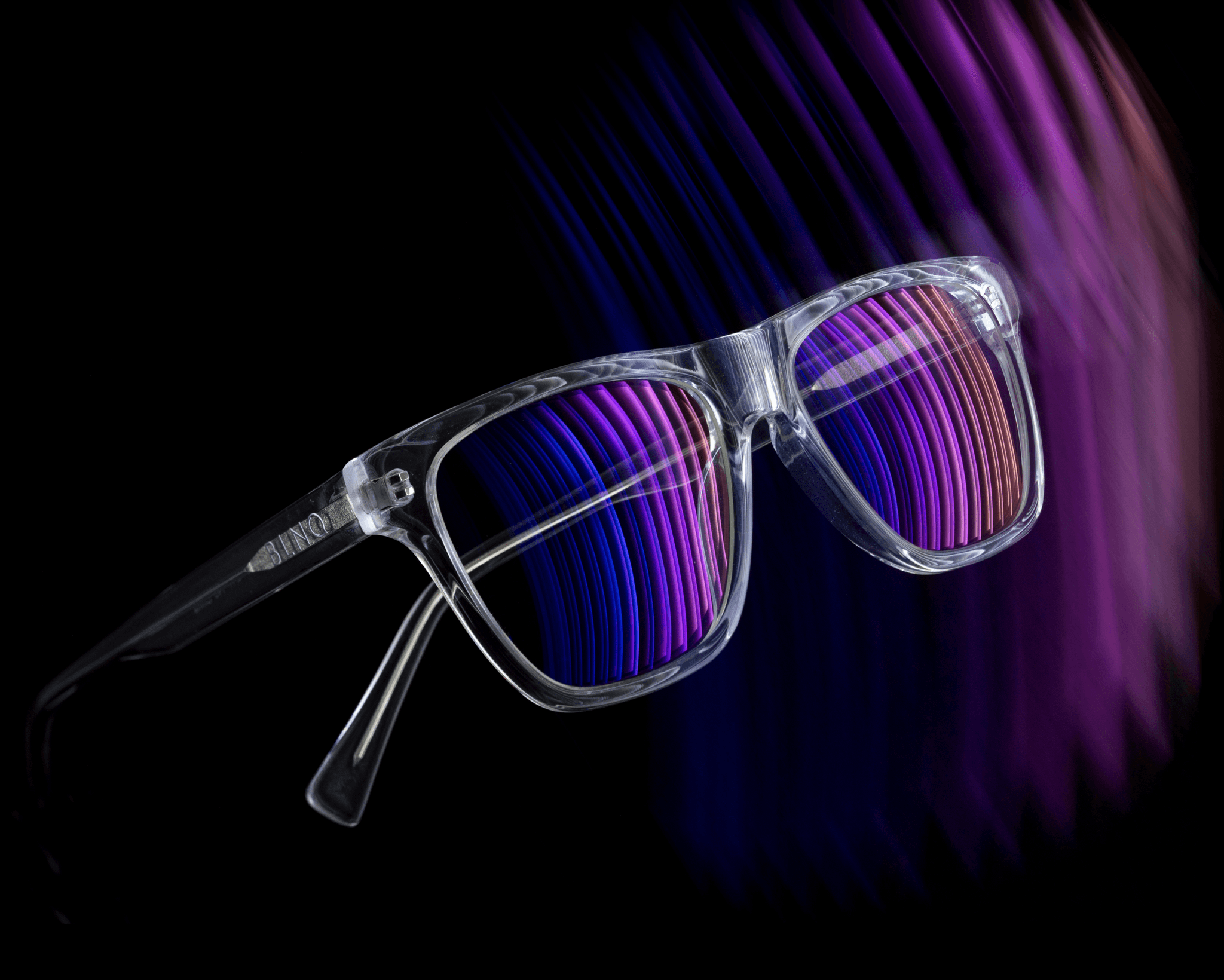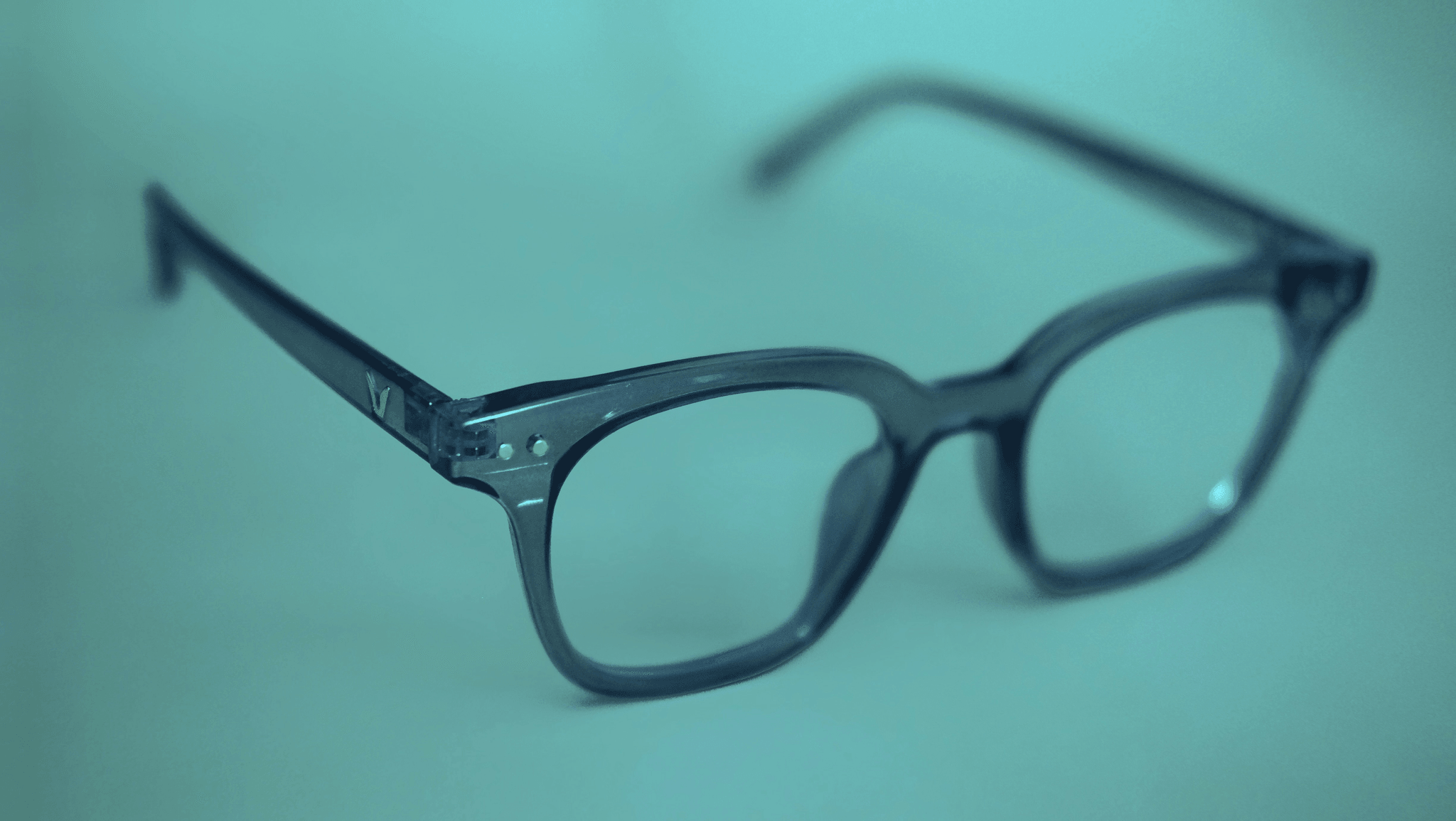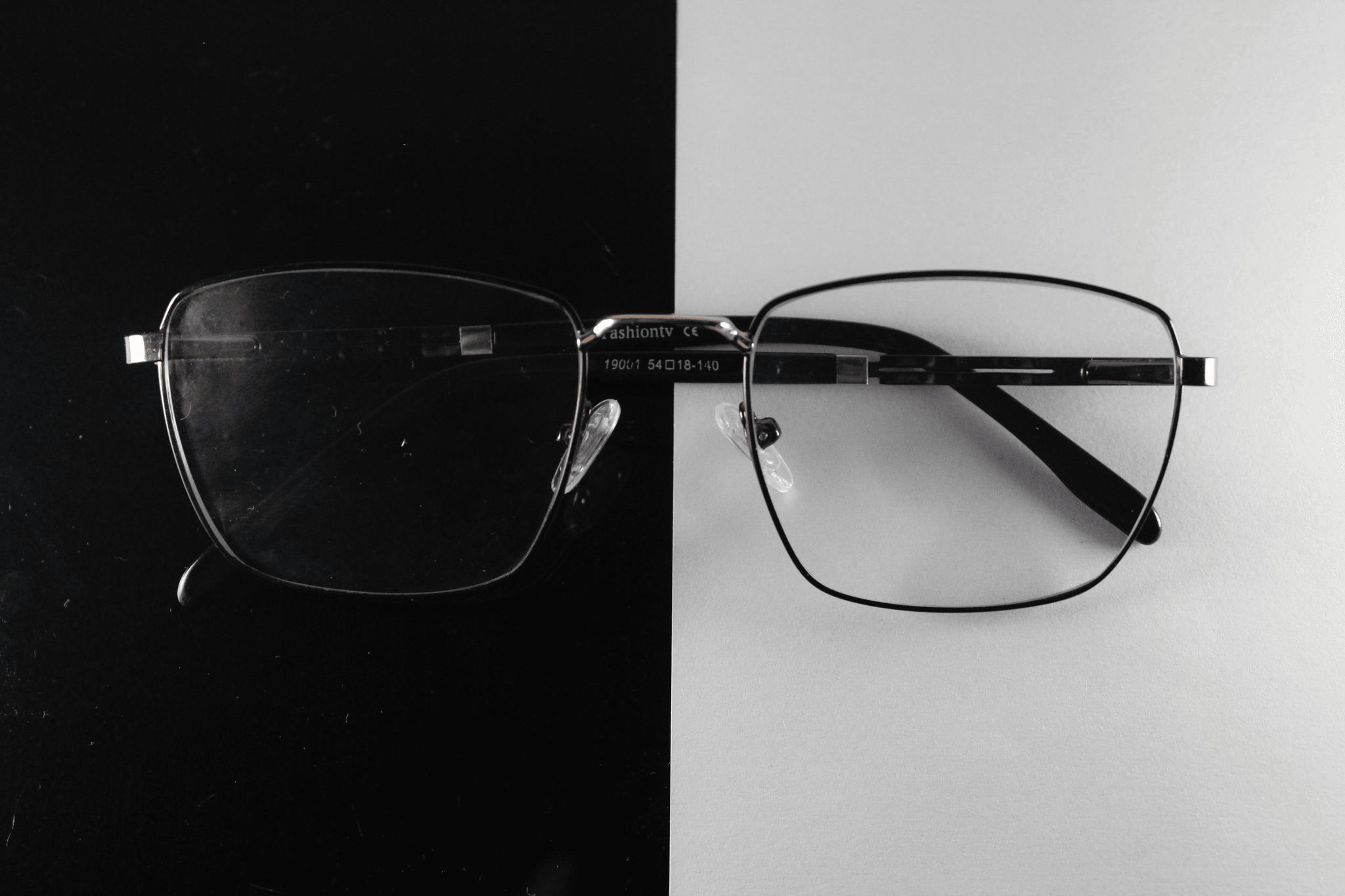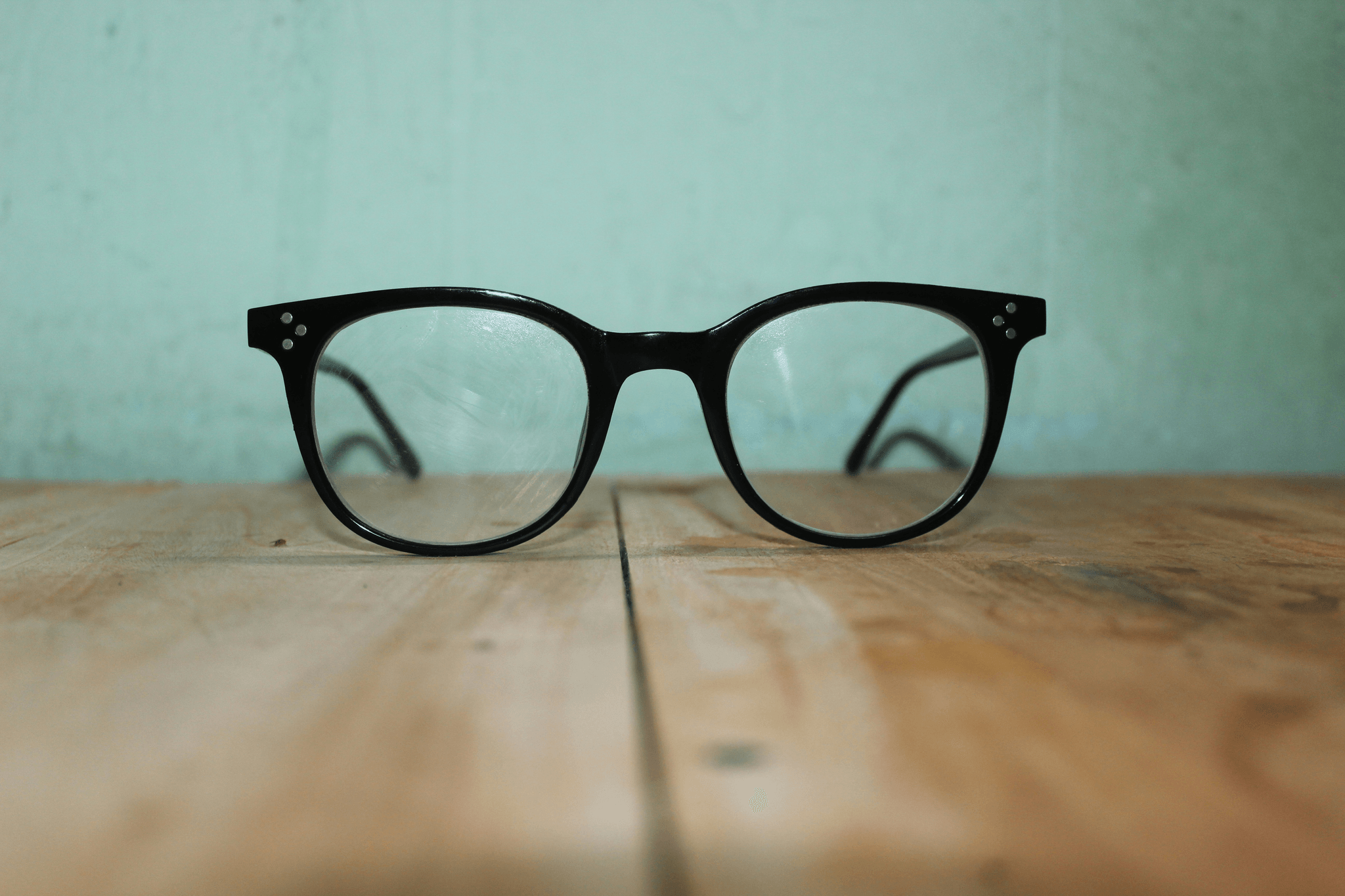Introduction

Understanding Plastic and Acetate Glasses
Plastic glasses typically refer to frames made from various synthetic materials, while acetate is a specific type of plastic derived from natural sources like cotton fibers. This distinction raises questions such as: Is acetate the same as plastic? The answer is nuanced; while all acetate is technically plastic, not all plastics are created equal when it comes to eyewear. Each material has its own set of characteristics that cater to different preferences and needs.
Why the Material Choice Matters
Choosing between plastic and acetate frames can significantly affect your overall experience with eyewear. Factors like weight, flexibility, hypoallergenic properties, and even style come into play when making this decision. For instance, how can you tell plastic from acetate? Often, acetate offers a more luxurious feel and look compared to standard plastics—making it an appealing option for fashion-forward individuals.
Overview of Key Comparisons
In this exploration of plastic vs acetate glasses, we’ll delve into various aspects including durability debates and aesthetic values that these materials bring to the table. We’ll also touch on cost comparisons—what influences pricing trends in eyewear—and discuss some potential disadvantages of acetate frames that could sway your decision-making process. So whether you’re pondering polycarbonate vs acetate frames or considering an upgrade to something like acetates versus titanium glasses, stay tuned for insights that will help clarify your choices.
What Are Plastic Glasses?

When we talk about plastic glasses, we're diving into a world of versatility and innovation in eyewear. Unlike traditional materials, plastic offers a lightweight yet durable option for frames, making them a popular choice among eyewear enthusiasts. But is acetate or plastic better for glasses? Let's explore the ins and outs of plastic glasses to answer that question.
Definition and Composition
Plastic glasses are made from synthetic materials designed to provide both comfort and style in eyewear. The most common plastics used in eyeglass frames include polycarbonate, nylon, and injected molded plastics, each with unique properties that contribute to overall performance. So, is acetate the same as plastic? Not exactly—acetate is a specific type of plastic derived from natural sources, while general plastic encompasses a broader range of synthetic materials.
Popular Plastic Types in Eyewear
Among the various types of plastics used in eyewear, polycarbonate stands out for its impact resistance and lightweight feel—perfect for active lifestyles. Nylon is another popular choice due to its flexibility and durability; however, it can sometimes lack the aesthetic appeal found in other materials like acetate or titanium. When comparing polycarbonate vs acetate frames or even acetates vs titanium glasses, it's essential to consider how each material aligns with your lifestyle needs.
Benefits of Plastic Glasses
One of the significant advantages of plastic glasses is their affordability compared to acetate options; they often come at lower price points while still offering decent quality and style. Additionally, they are generally more resistant to shattering than glass lenses—making them ideal for everyday wear or sports activities where durability matters most. However, it's worth noting some disadvantages: what are the disadvantages of acetate frames? Acetate can be less flexible than certain plastics but often shines when it comes to aesthetics.
In summary, understanding what makes up plastic glasses helps consumers make informed choices when navigating their options between different materials like acetate or standard plastics.
Exploring Acetate Glasses

Acetate glasses have gained popularity in the eyewear market for their unique blend of style and function. But what exactly is acetate? It’s a type of plastic derived from natural sources, primarily wood pulp and cotton fibers, making it a more eco-friendly option compared to synthetic plastics. This bioplastic not only offers aesthetic appeal but also provides versatility in design, making it a favorite among eyewear designers.
What is Acetate?
Acetate is often mistaken for standard plastic due to its composition, but it stands out with its distinctive properties. Unlike traditional plastics that can be rigid and less forgiving, acetate is flexible yet durable, allowing for intricate designs and comfortable wear. When considering the question Is acetate or plastic better for glasses? it's important to note that acetate frames often provide both comfort and style.
Unique Properties of Acetate Frames
One of the standout features of acetate frames is their ability to hold color exceptionally well, resulting in vibrant hues and patterns that are hard to replicate with other materials. Furthermore, acetate's lightweight nature makes it comfortable for all-day wear without causing pressure points on the nose or ears—something that can be an issue with heavier materials like titanium or certain types of plastic. Additionally, if you're wondering how you can tell plastic from acetate, look for the glossy finish and rich colors typical of acetate frames.
Advantages of Choosing Acetate
Choosing acetate glasses comes with several advantages worth considering when you weigh your options between plastic vs acetate glasses. For one, they are hypoallergenic—ideal for those sensitive to certain plastics—and they offer a wider range of styles due to their manufacturing flexibility. However, it's essential to acknowledge some disadvantages; while they’re generally durable, they can be prone to scratches and may not withstand extreme impacts as well as polycarbonate or titanium frames do.
In conclusion, when pondering whether Is acetate the same as plastic?, remember that while all acetates are technically plastics, not all plastics possess the unique benefits found in acetate eyewear designs like those offered by Daposi—where innovation meets sustainability!
Plastic vs Acetate Glasses: The Durability Debate

Resilience of Each Material
Plastic glasses are often praised for their lightweight nature and ability to withstand impacts without breaking easily. However, when we compare plastic vs acetate glasses, acetate frames tend to offer a more refined durability due to their thicker structure and resistance to bending. Is acetate or plastic better for glasses? It really depends on your lifestyle—if you’re prone to dropping your specs or engaging in outdoor activities, plastic might be more forgiving.
In contrast, acetate frames are made from a plant-based polymer that provides a sturdier feel but can be more susceptible to scratches if not cared for properly. While both materials have their merits, understanding how can you tell plastic from acetate can help you choose wisely based on your daily habits and activities. If you prefer something that feels solid in your hands yet remains stylish, acetate could be the answer.
Long-term Wear and Tear
When considering long-term wear and tear between these two materials, it’s essential to evaluate their performance over time. Plastic frames generally hold up well against daily use; they resist fading and don’t become brittle easily under typical conditions. However, one must also consider what are the disadvantages of acetate frames—they may lose their luster faster if exposed frequently to sunlight or harsh chemicals.
Acetate does have its charm with vibrant colors and patterns but requires some extra care compared to its plastic counterparts. If you’re leaning towards polycarbonate vs acetate frames for long-lasting durability, polycarbonate tends to be tougher against impacts but lacks the aesthetic appeal of stylish acetates. Thus, weighing durability against visual appeal is vital in determining which material suits your needs better.
Practical Usage Scenarios
Understanding practical usage scenarios can also help clarify whether you should opt for plastic or acetate glasses based on your lifestyle choices. For active individuals who enjoy sports or outdoor adventures—plastic is often recommended due to its lightweight nature and resilience against drops or falls. On the other hand, if you're someone who spends most of their time indoors or prefers a polished look at social events, then choosing stylish acetate could elevate your fashion game.
Moreover, consider how frequently you'll need adjustments; while both materials can be fitted at an optician's office, some users find that adjusting plastic frames is less hassle than working with acetates that may require more specialized tools due to their construction methods—Is acetate the same as plastic? Not quite! The intricacies involved in crafting each type come into play here as well.
In summary, whether you're deciding between polycarbonate vs acetate frames or pondering over whether is acetate plastic, remember that each material has unique benefits suited for different lifestyles! At Daposi, we understand these nuances deeply as we strive to bring your vision to life with eyewear tailored just for you!
Style and Aesthetics: A Comprehensive Look

Visual Appeal of Acetate
Acetate frames are often celebrated for their luxurious appearance, offering a depth of color and finish that plastic simply can't match. The glossy texture and ability to mimic natural materials give acetate an edge in terms of elegance and sophistication. In contrast, while plastic frames can be stylish, they typically lack the same richness in design that acetate provides.
Many wearers find that acetate's unique properties allow for more intricate patterns and styles compared to traditional plastic options. The way light interacts with acetate enhances its visual appeal, giving it a vibrant quality that catches the eye. This begs the question: How can you tell plastic from acetate? Generally, if your frames have a high shine and rich color palette, they're likely made from acetate.
Color and Design Options
One of the standout features of acetate is its versatility in color and design options. Acetate can be easily dyed in various hues or combined with different patterns—think tortoiseshell or bold prints—allowing for endless customization possibilities. On the other hand, while plastic frames do come in numerous colors, they often don’t offer the same level of complexity or artistic flair as their acetate counterparts.
When comparing polycarbonate vs acetate frames, it's essential to note that polycarbonate lenses are typically used for their durability rather than aesthetic appeal. Thus, if you're leaning toward standout designs that make a statement, consider opting for acetate over standard plastic.
How Each Material Affects Fashion
Fashion is all about making statements; therefore, choosing between plastic vs acetate glasses can significantly impact your personal style narrative. Acetate has become synonymous with high fashion due to its association with luxury brands and designer collaborations—making it a favorite among trendsetters who want their eyewear to reflect their unique identity.
Conversely, while plastic glasses may have more affordable price points making them accessible for everyday wearers; they sometimes struggle to keep up with fashion-forward trends set by more premium materials like acetates or even titanium alternatives (Acetate vs titanium glasses). So when pondering whether is acetate or plastic better for glasses? If you're after something chic yet functional without sacrificing style points—acetate might just be your best bet.
Cost Comparison: Plastic vs Acetate

Pricing Trends in Eyewear
In recent years, the eyewear market has seen a surge in both plastic and acetate glasses, but pricing trends reveal distinct patterns. Plastic frames are often priced lower due to their simpler manufacturing processes and widespread availability. On the other hand, acetate glasses typically command higher prices because they require more intricate craftsmanship and offer a unique aesthetic appeal that many consumers find irresistible.
Value for Money: Plastic vs Acetate
When evaluating value for money between plastic vs acetate glasses, it's crucial to consider not just the initial cost but also longevity and style. While plastic frames may save you some cash upfront, they might not last as long as their acetate counterparts under heavy use—especially if you're prone to dropping or mishandling your eyewear. In contrast, although acetate frames come with a higher price tag, their durability and stylish appearance can justify the investment over time.
What Influences the Price?
Several factors can influence the price of eyewear materials like plastic and acetate—ranging from production methods to brand reputation. For instance, premium brands often charge more for acetate glasses due to their commitment to quality craftsmanship and unique designs that stand out in a crowded market. Additionally, limited edition releases or collaborations can drive up costs even further; hence asking yourself Is acetate or plastic better for glasses? becomes vital when considering your budget.
Conclusion

In the world of eyewear, the debate between plastic vs acetate glasses is more than just a matter of preference; it involves understanding the unique properties and benefits of each material. While both have their merits, recognizing what you need from your glasses will guide your choice effectively. Whether it’s durability, style, or cost, each factor plays a significant role in determining which material is right for you.
Key Takeaways on Material Choices
When considering plastic vs acetate glasses, it's essential to weigh their distinct characteristics. Plastic frames are generally lighter and more affordable but may lack the refined appearance that acetate offers. Conversely, acetate frames provide a luxurious look with vibrant colors and patterns but can come with some disadvantages like susceptibility to heat and scratches.
Is Acetate or Plastic Better for Glasses?
The question Is acetate or plastic better for glasses? doesn’t have a one-size-fits-all answer; it depends on individual needs and preferences. For those prioritizing fashion and aesthetics, acetate often shines with its rich colors and textures. However, if you're looking for lightweight options that are easy to replace or less expensive, plastic might be your best bet.
Final Thoughts on Your Eyewear Selection
Ultimately, choosing between plastic vs acetate glasses boils down to your lifestyle and aesthetic desires. If you frequently find yourself in active environments or prefer budget-friendly options, plastic could serve you well without compromising functionality. On the other hand, if style is paramount in your eyewear selection process—and you're willing to invest—then opting for acetate might just elevate your look while making a statement.
